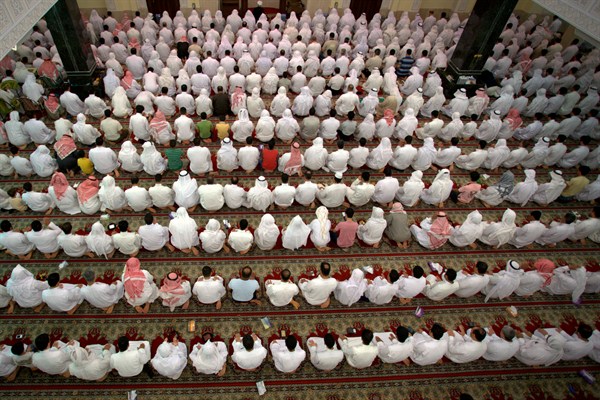On Jan. 1, 2016, Saudi Arabia executed Nimr al-Nimr, a prominent Shiite cleric, stoking outrage in the region and beyond. His death, and the backlash that followed, highlighted long-simmering tensions both within Saudi Arabia and between Riyadh and Tehran. News of al-Nimr’s death triggered virulent protests in Iran, with demonstrators setting ablaze the Saudi Embassy in Tehran; Saudi Arabia subsequently severed diplomatic relations with Iran. The response illustrated how Saudi Arabia’s troubled relationship with its Shiite minority could rapidly inflame intercommunal and international relations in the Persian Gulf.
Historically, Saudi Arabia’s Shiite communities were concentrated in what is today the country’s Eastern Province, and extended north and south to communities in modern-day Kuwait and Bahrain. Those transnational links, together with the intense connections of settlement and exchange that for centuries tied together the Arabian and Persian shorelines of the Gulf, have left behind a legacy vulnerable to geopolitical contestation.
During the 20th century, as Saudi Arabia and Iran grew into powerful, centralized nation-states, they competed directly for regional influence, particularly after Iran’s Islamic Revolution in 1979. As political leaders in both Riyadh and Tehran began to use religion as an instrument of power in their rivalry, Saudi Shiite communities were caught up in the struggle between the two would-be hegemons, with Nimr’s execution just the most recent of what have been recurrent spikes in tension. Shiites’ social position in Saudi Arabia has thus fluctuated considerably over time with the changing interplay between domestic and regional conditions in Saudi Arabia and the Gulf.

